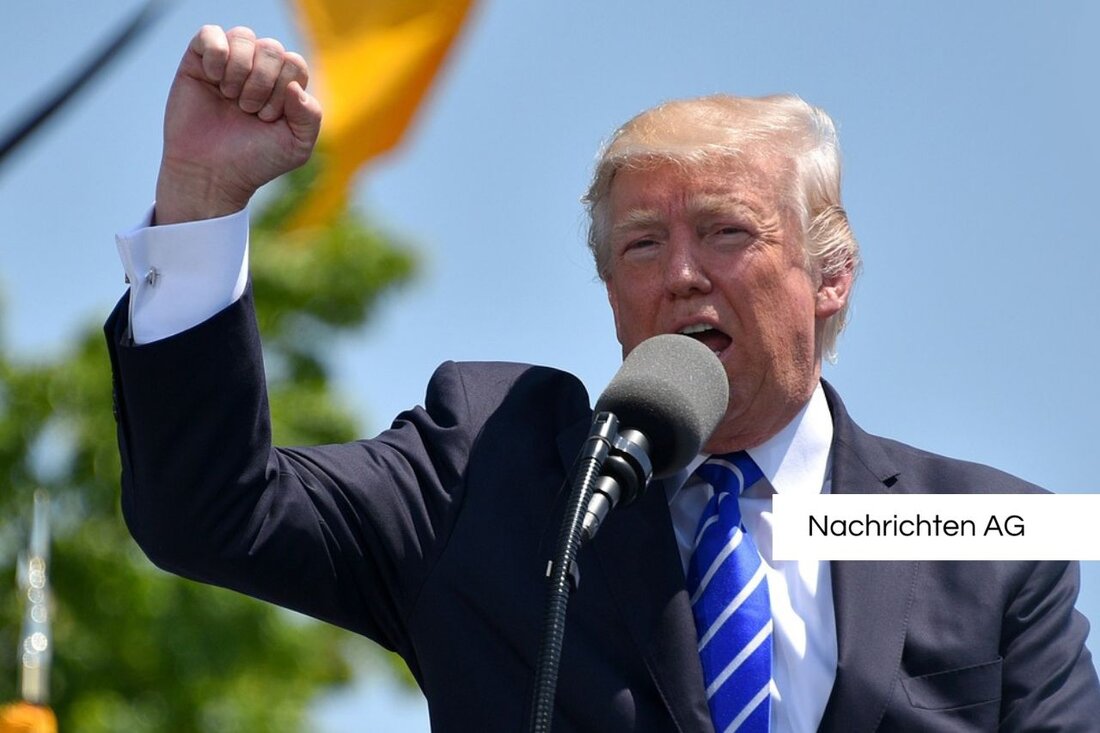Trump extends tariff break with China: 90 days more peace in trade!
On August 12, 2025, US President Trump extended the tariff break against China by 90 days in order to defuse trade disputes.

Trump extends tariff break with China: 90 days more peace in trade!
In a key twist in the ongoing US-China trade tensions, President Donald Trump has suspended tariff increases on Chinese goods for another 90 days. This announcement was made via the Truth Social platform and comes just before the expiry of the previous tariff break, which is now valid until November 10, 2025. Trump explained that the move was necessary to continue negotiations with China and reduce tensions between the two nations. Chinese state media also confirm that China is also suspending the announced tariffs for 90 days, so both sides hope to find a solution to the points of contention. According to az-online.de, the tariff rate for China remains at ten percent.
The tariff break could be seen as a crucial factor in efforts to reach a broader trade agreement. Trump emphasized that China has already taken steps to address U.S. economic and national security concerns. This assurance comes at a time when international trade relations are under severe pressure. Since April 2025, the US government had gradually increased import tariffs on Chinese products up to 145 percent, prompting China to impose tariffs of up to 125 percent on US goods in return. Conflicts over semiconductors and strategic raw materials are further contributing to the tense situation.
A look at the negotiations
The talks between the two countries have gone through various stages. A crucial meeting took place in Geneva at the beginning of May, where the current payment mode was agreed. However, further negotiations in London in June and ultimately in Stockholm at the end of July did not produce any concrete results. Experts see the suspension of tariffs as a way to avoid an escalation of conflicts. US Trade Representative Jamieson Greer confirmed that Trump will have the final say on the tariff break and that talks must continue to reach an agreement.
However, analysts such as William Yang express skepticism about whether China is actually willing to make substantial concessions because it sees itself in a strong negotiating position, particularly when it comes to exporting rare earths. The uncertain situation is exacerbated by the threat of a tariff increase of over 100 percent for both economies, which would have been due without the current agreements, as zdf.de reports.
Background to the trade conflict
The US-China trade dispute has existed since early 2018 and has revolved around issues such as the US trade deficit, intellectual property protection and forced technology transfers. Trump has justified the imposition of tariffs in the past as measures to strengthen the American economy. Still, import tariffs are reported to be putting a heavy burden on companies in the U.S., as many ultimately have to pass the increased costs on to consumers, reducing purchasing power. [Wikipedia](https://de.wikipedia.org/wiki/Trade Conflict_zbetween_den_United_States_and_the_People's Republic_China) highlights that the tensions go beyond tariffs; export controls and other economic measures are also part of the debate.
The extension of the tariff break could therefore be a sign that, despite the harsh tone, both governments are ready to send signals of rapprochement and seek constructive dialogue. The next few months will be crucial to see whether countries manage to find a mutually satisfactory solution while protecting their national interests.

 Suche
Suche
 Mein Konto
Mein Konto